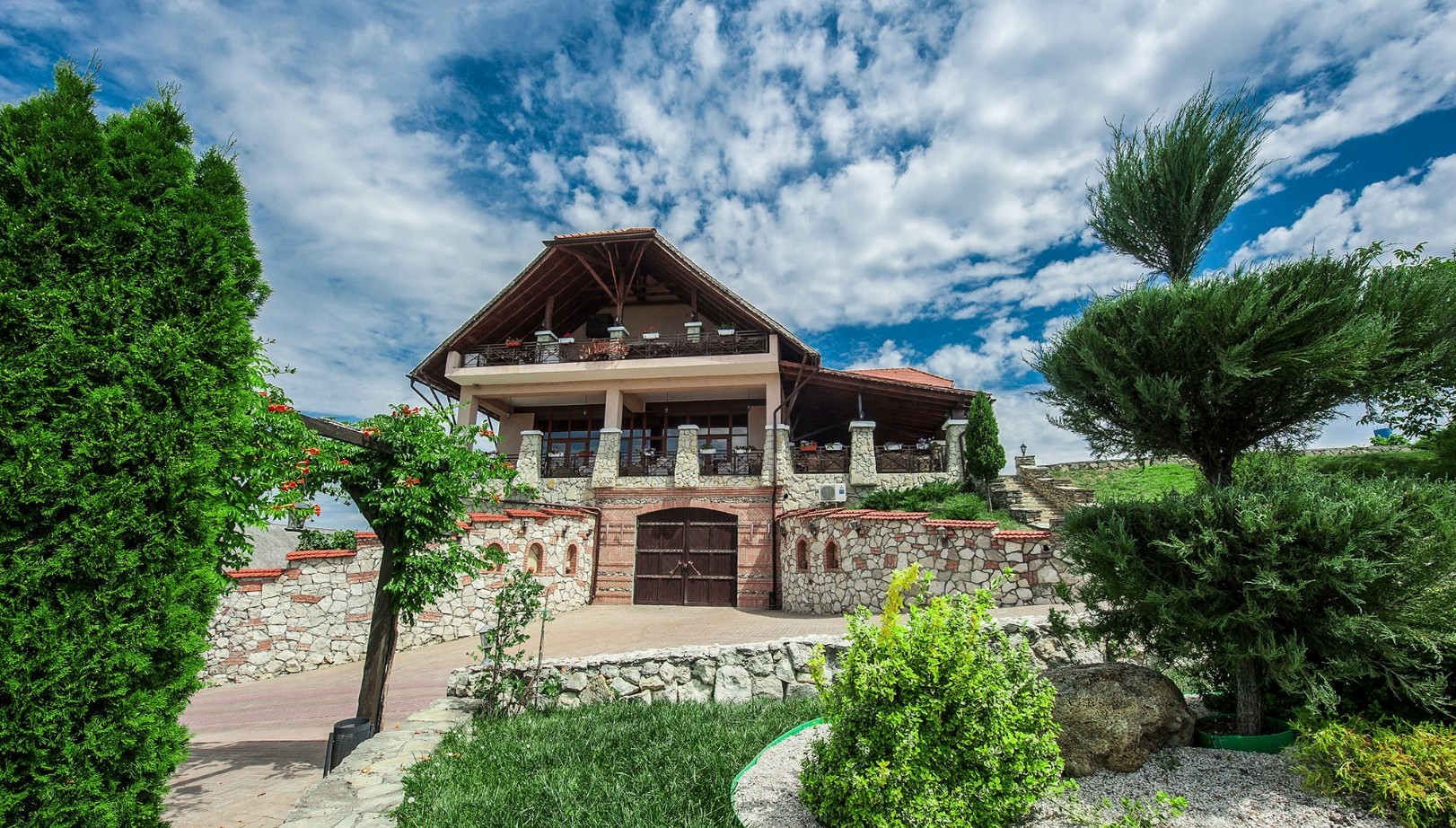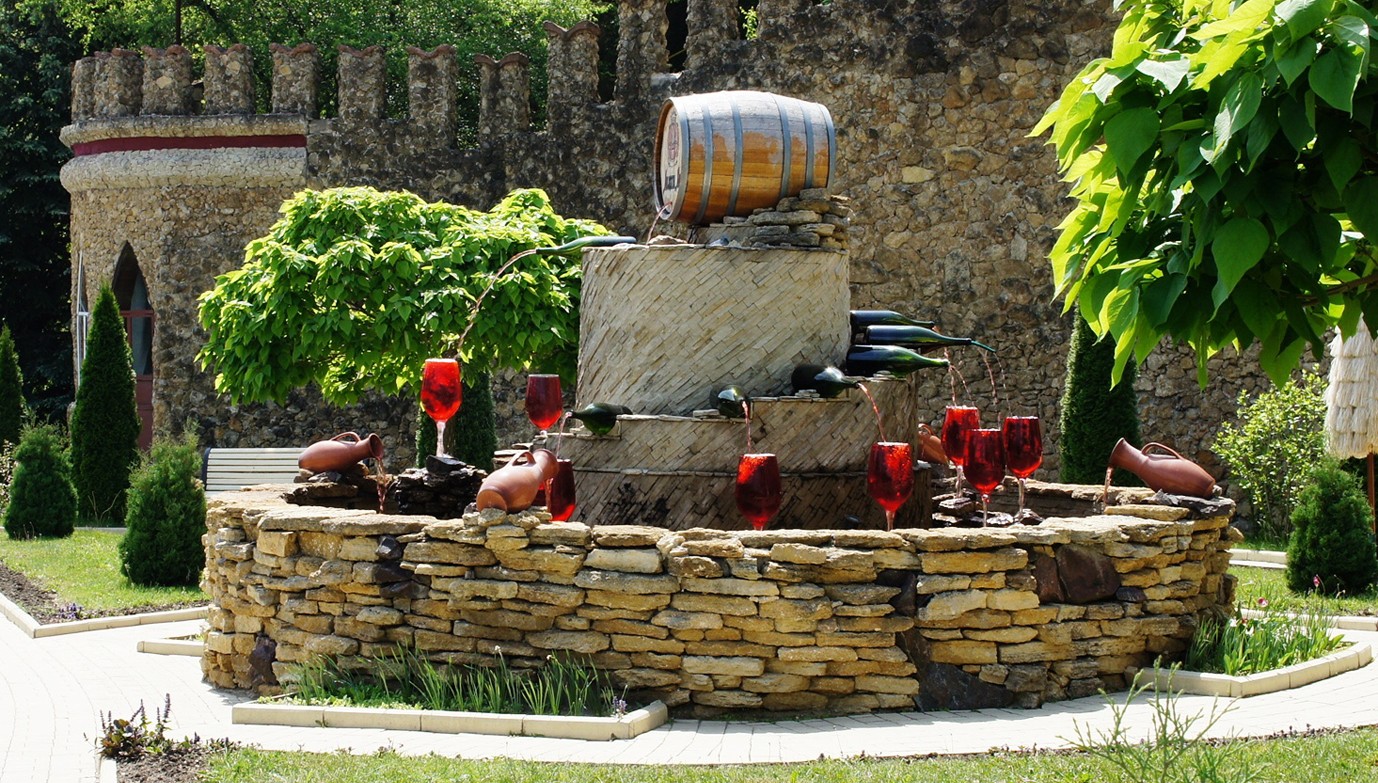MOLDOVA MONASTERIES TOUR
7 days
/
6 nights
DISCOVER MOLDOVA MONASTERIES!
Moldova Monasteries Tour allows you to discover some of the most important monasteries on Moldova territory such as Saharna, Tipova, Curchi, Hincu, Capriana, Hirjauca and Frumoasa.
Highlights
Chisinau city
ViewNational Museum of...
ViewCricova Underground Wine...
ViewSaharna Monastery
ViewItinerary A day-by-day plan to guide your journey. Download PDF
Day 2: Chisinau city tour and visit of the National Museum of Ethnography and Natural History
In the morning, you will enjoy a city tour of Chisinau that is the main administrative, scientific and cultural centre of Moldova. During the tour, you will discover pieces of history and culture of the city such as the Nativity of Christ Cathedral, the Bell Tower, the Arch of Triumph, the Monument of Stephen the Great, the City Hall, etc.After Chisinau city tour, you will be able to see the “millenary smile” of the nicest deinotherium of Moldova. You will find it at the National Museum of Ethnography and Natural History, next to other famous archaeological treasures, carpets, national costumes and other valuable exhibits. The museum was built in 1905 in the oriental style, thus being a unique building of this kind in Moldova.
During the lunch at the restaurant, you will enjoy Moldovan traditional dishes.
You will continue your trip by exploring a new city, this time an underground city. During the excursion at Cricova winery in the tourist train, at a depth of 80 m, you will discover the wonders of this place. Cricova underground galleries are formed by over seventy streets covering an area of nearly 120 km, each bearing Bacchic names: Sauvignon, Cabernet, Cahors. The jewel of the underground treasure is the National Collection, including over 600 types of wine totaling about 1 million bottles. Here you can admire the oldest bottle of wine - "Jewish Easter Wine", dating from 1902 and discover the tastes of Cricova wines.
HIGHLIGHTS: Chisinau city, National Museum of Ethnography and Natural History, Cricova Underground Wine Galleries
Day 3: Saharna and Tipova Monasteries – an unusual landscape with many waterfalls
In the morning you will visit Saharna Monastery - one of the oldest monasteries in the country. The monastic complex is composed of a cave monastery (the Annunciation) and a stone monastery (the St. Trinity). The complex is located in a picturesque valley on the right bank of the Dniester River, near Saharna village. It is surrounded by rocks covered by forest. The legend says that the Virgin Mary left her footprint on the highest rock, named Grimidon. The history of the monastery is little known. The first prior of the holy place is considered the monk Bartholomew (1776-1790) who settled in a deep gorge, built a church, a few cells and enclosed the monastery with a stone wall. In Saharna you will enjoy the beautiful landscape created by the waterfalls. The River Saharna has 22 waterfalls on its way. The biggest waterfall is 4.5 m high.Next, you will travel to Lalova village where you will have lunch at a local guesthouse.
After lunch, you will discover Tipova Cave Monastery. Located near Tipova village, the monastery with the same name is considered one of the oldest monastic establishments on the territory of Moldova. The heritage, which consists of 18 rooms, dug into the rock at an astounding altitude, represents an impressive museum in the open air. The Tipova River, on its flow to the Dniester, creates many waterfalls with the height above 10-16 meters, which a long time ago used to move the millstones of the numerous watermills.
HIGHLIGHTS: Saharna Monastery, Hanul lui Hanganu guesthouse, Tipova Cave Monastery
What's included
- 6 nights accommodation in a double (DBL) or twin (TWN) room at the hotel of your choice in Chisinau;
- Breakfast at the hotel of your choice;
- Lunch on day 2, 3, 4, 5, 6 of the itinerary;
- Excursions on the entire itinerary;
- Entrance fees according to the itinerary;
- Tasting of 4 types of wine at Cricova winery, 6 types of wine at Château Vartely winery and 5 types of wine at Milestii Mici winery;
- Transportation during the entire itinerary;
- English speaking guide.
_81709.jpg)



_77515.jpg)










